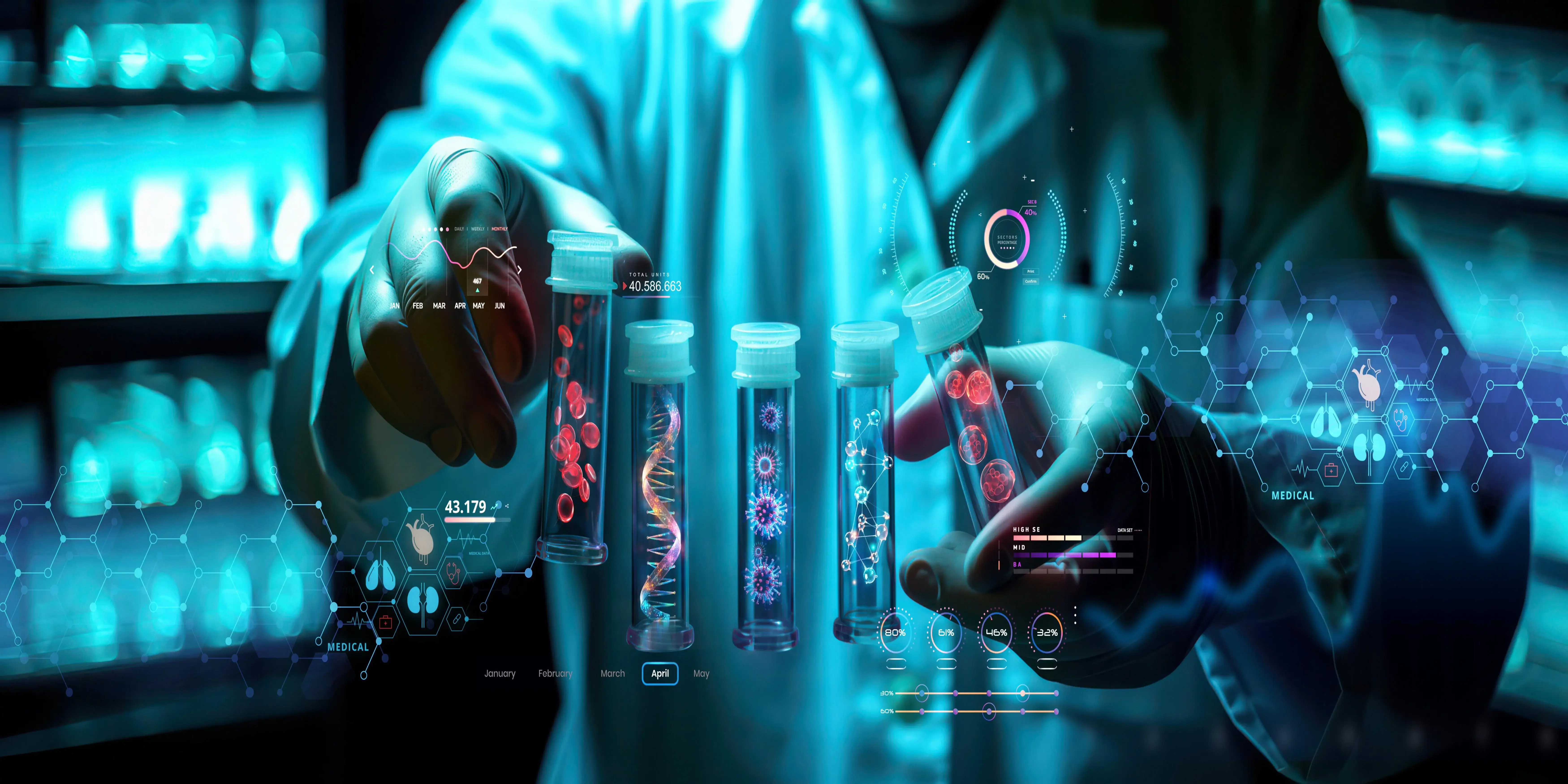In biobanking, cryopreservation is a technique used to keep biological material at very low temperatures, usually -150 degrees Celsius (-238 degrees Fahrenheit). For cells, tissues, and other biological components to remain viable and effective throughout time, this process is necessary. Technological advancements in cryopreservation have proven essential to increasing the efficacy and efficiency of biobanking.
Explore the latest advancements in cryopreservation techniques for storing biological samples
Organ Cryopreservation
Improvements in the cryopreservation of entire organs, like hearts and kidneys, are the focus of ongoing research. In order to facilitate organ transplantation, this entails creating methods to reduce harm during the freezing and thawing procedure.
Cryopreservation of Stem Cells
Regenerative medicine depends on stem cells, and efforts to cryopreserve these cells are constantly progressing. In order to improve stem cell survival and functionality after thawing—a prerequisite for a number of therapeutic applications—researchers are investigating potential strategies.
Machine Learning and Predictive Modelling
By incorporating predictive modelling and machine learning into cryopreservation procedures, protocols could be optimized based on past performance. This method could improve efficiency and results by predicting the ideal cryopreservation settings for particular cell types.
Single-Cell Cryopreservation
Single-cell analysis is becoming more and more significant in many domains, such as cancer research and genetics. Technological developments in cryopreservation are probably going to concentrate on the preservation of single cells for later single-cell studies, while retaining their viability and integrity.
Non-Cryogenic Preservation Techniques
Some researchers are looking into alternatives to traditional cryogenic preservation, such as the use of novel substances or techniques that don't require extremely low temperatures. By using these methods, long-term storage is attempted to be achieved without the need for extremely low temperatures.
Impact of Cryopreservation Innovations on Biorepository Practices
Enhanced Sample Viability
Enhanced cryopreservation methods lead to increased viability of cells after thawing. With a higher level of confidence about the preservation of biological materials' integrity and usefulness, samples can be distributed and stored in biorepositories. This is especially important for research applications, clinical trials, and regenerative medicine.
Expansion of Sample Types
The variety of samples that can be successfully preserved is increased by developments in cryopreservation. Tissues, organs, organoids, and three-dimensional cell cultures can now be preserved in biorepositories in addition to isolated cells. This growth makes repositories capable of meeting a wide range of research requirements.
Increased Accessibility
Biorepository operations are more scalable and efficient when they use closed systems and automated cryopreservation methods. Standardized procedures are made possible by this automation, which also lowers the possibility of human error and makes it easier to store more samples. Consequently, biorepositories are better equipped to handle sample dissemination and storage needs.
Improved Thawing Protocols
Improvements in thawing methods frequently follow innovations in cryopreservation. Biorepositories have the potential to implement optimum freezing techniques in order to reduce post-thaw damage and preserve sample viability and functionality as they undergo recovery.
Facilitation of Organ Banking
Breakthroughs in organ cryopreservation open new possibilities for biorepositories to play a role in organ banking. Biorepositories can contribute to the storage and distribution of cryopreserved organs, potentially impacting organ transplantation research and therapies.
Conclusion
The adaptability and dependability of biobanking procedures are continually being enhanced by continued research and development in cryopreservation technology. These advancements serve a broad range of applications, such as drug development, regenerative medicine, and clinical research, by facilitating the long-term storage of various biological materials. Technological developments in cryopreservation have a major impact on biorepository operations because they increase sample viability, increase the variety of sample types that can be stored, and improve operational efficiency. These developments enhance the biorepositories' overall dependability and usefulness in facilitating a broad range of scientific and medical applications.



